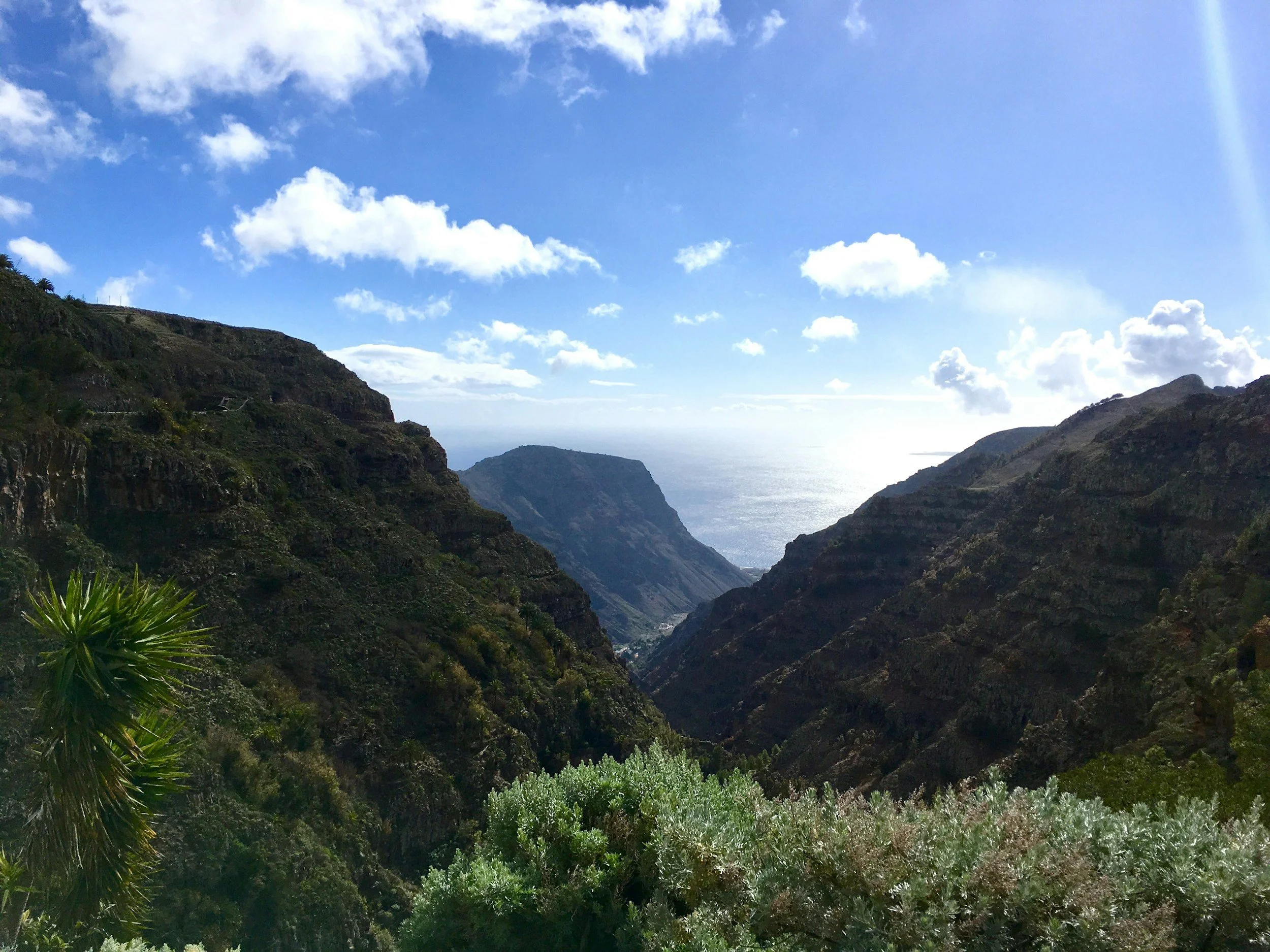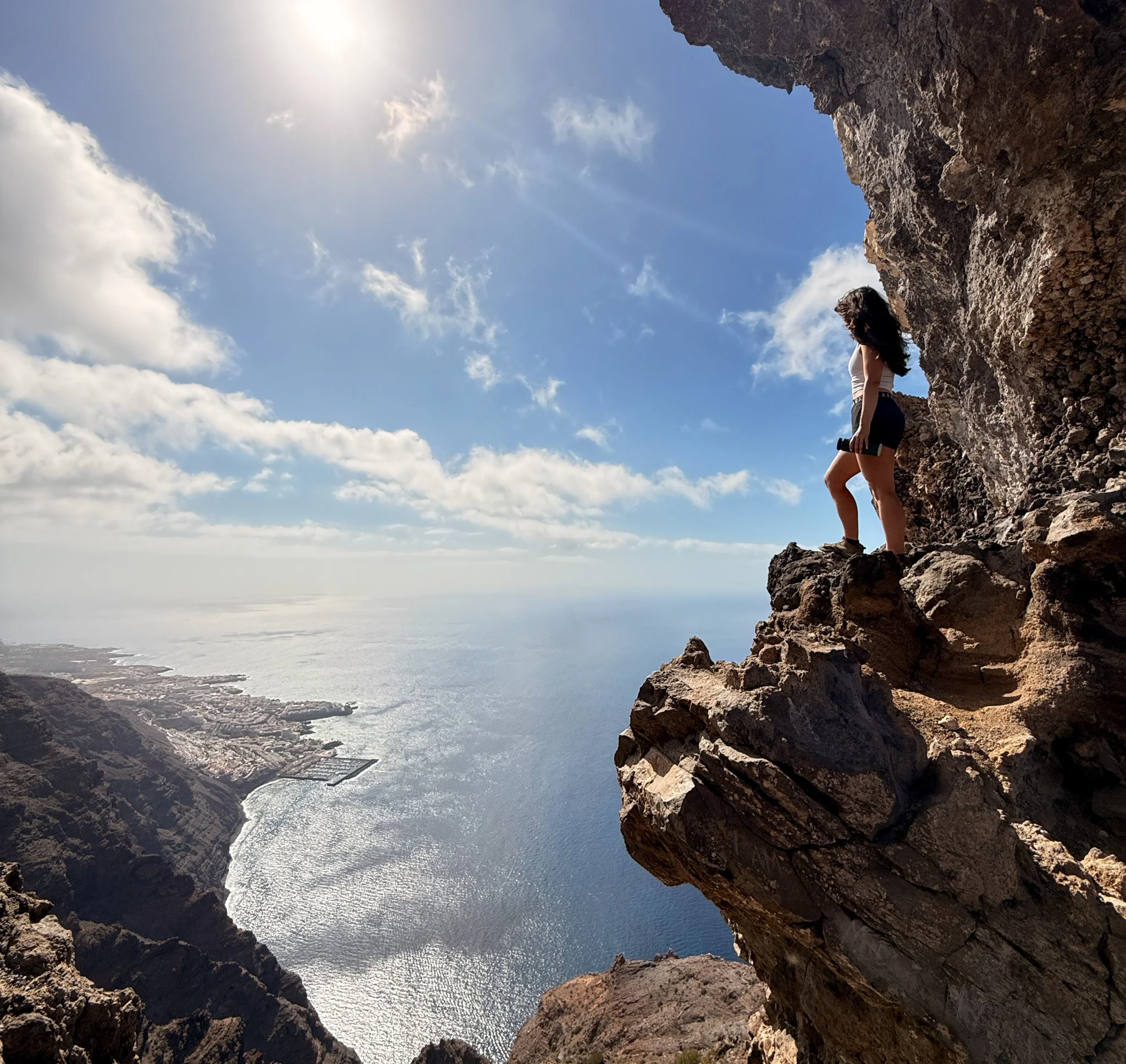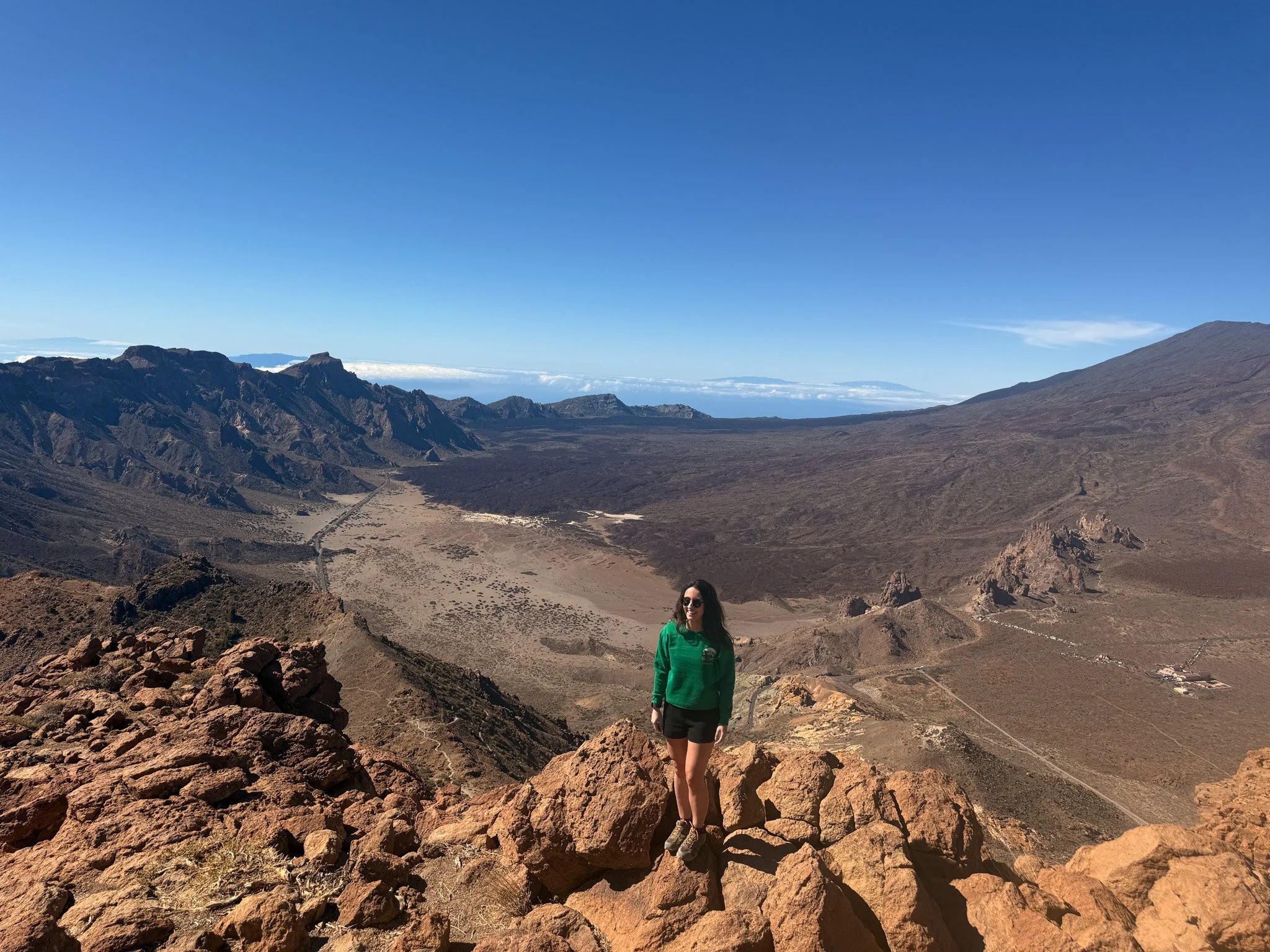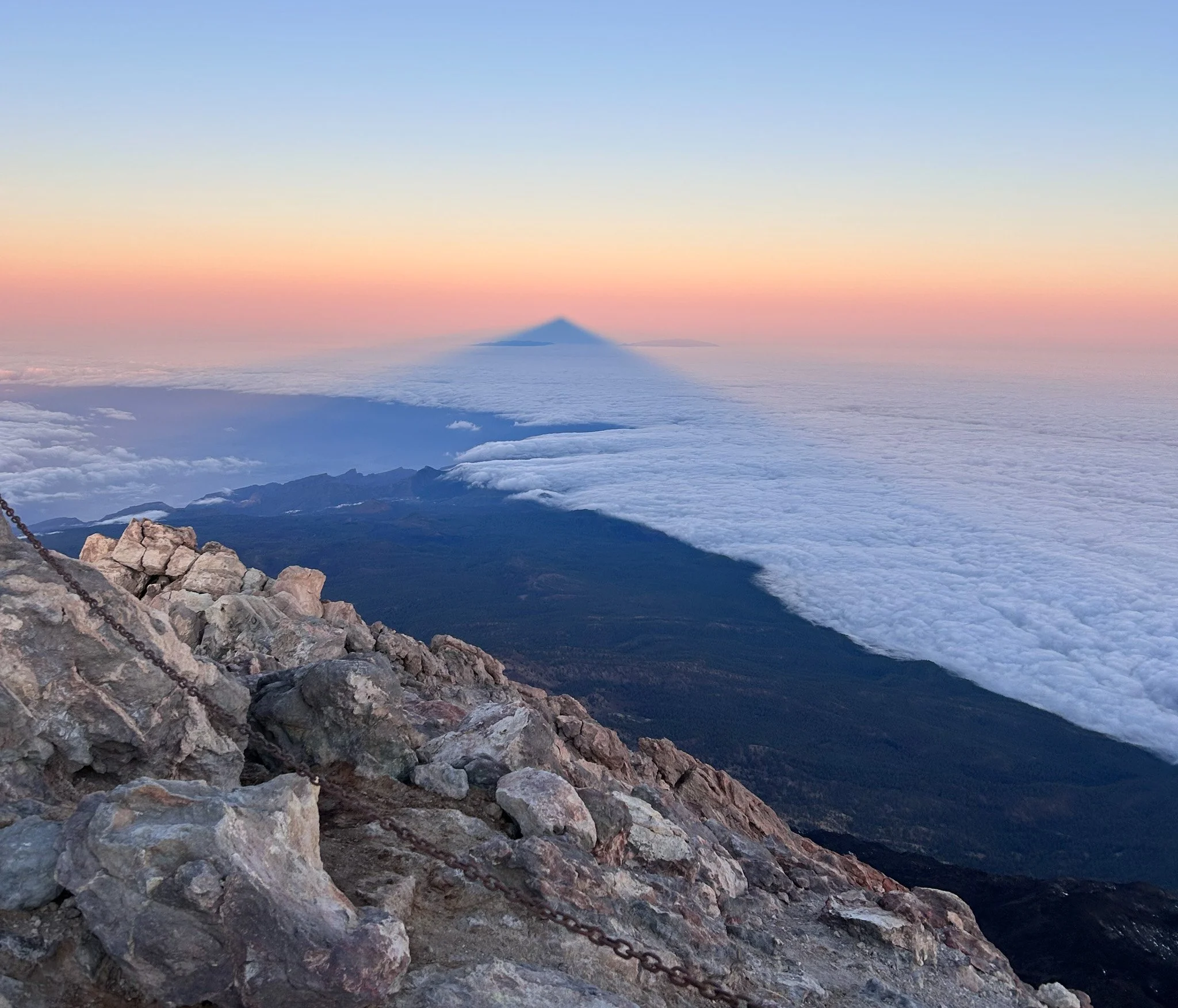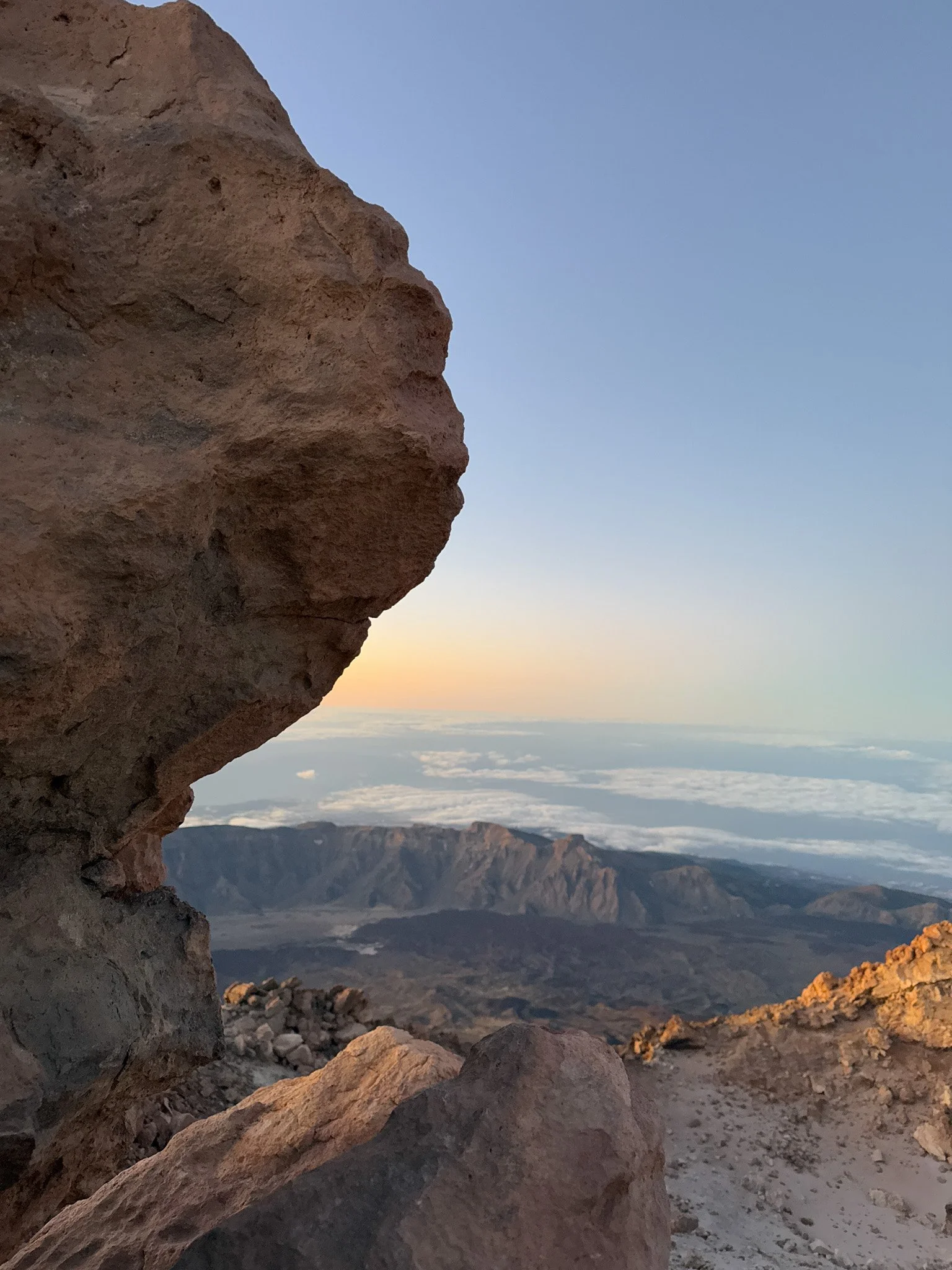Europe’s most underrated adventure island - Tenerife 7 day itinerary
Planning a winter getaway? While most people think of Tenerife for its all-inclusive resorts and beach breaks, for hikers and adventure seekers, this beautiful island offers so much more than just year-round sun.
Having been lucky enough to tackle some beautiful hikes all across Europe, for me, this Canary Island is hands down one of Europe’s most underrated destinations for winter hiking: home to insane trails, its famed dry weather, and scenery that feels like it belongs on another planet.
Thinking of visiting Tenerife?
This 7-day winter hiking itinerary covers Tenerife’s most jaw-dropping landscapes — from volcanic craters to misty forests, and coastal cliffs to quiet mountain villages. In this guide, you’ll find practical tips on getting around, where to stay, when to go, and how to make the most of each trail.
Whether you’re escaping the cold in winter or planning a summer adventure holiday, here’s everything you need to know to plan an adventure getaway here.
Why visit Tenerife in winter?
Dry, mild weather: While the rest of Europe gets drenched, Tenerife stays sunny — especially in the south. Perfect trail conditions, no mud, no soggy boots.
Less crowded hikes: Many trails are almost empty in winter, especially outside of Christmas and New Year.
Diverse landscapes: From volcanoes to forests, there’s a new kind of terrain every day.
Great for all levels: Whether you’re new to hiking or looking for summit challenges, there’s a trail here for every ability.
Affordable flights: Return flights from the UK often cost less than £80 (ours cost £30 each way from Manchester - without baggage).
Where to stay in Tenerife for hiking?
Choosing the right base makes a big difference, especially in winter when you’re chasing those sunrise and sunset views. If you’re weighing up where best to stay in Tenerife for an adventure holiday, here’s a quick breakdown:
South (Costa Adeje, Los Cristianos): This southern parts of the island are sunnier and drier year-round, making it ideal if you’re chasing winter sun after a long hiking day. It’s more built-up but has excellent public transport links to Teide and the west coast trails like El Bujero. If you're tackling these hikes early in your trip, staying in the south makes logistics much easier — especially for sunrise hikes or trailheads with limited bus/parking access.
North (La Orotava, Buenavista del Norte): Lusher, greener, and a bit more traditional. This region puts you closer to the Anaga forests and Teno Alto, but the weather can be cooler and bus routes into the central mountains (like Teide) are more limited and slower.
Best overall base for hiking?
If you want to prioritise trail access over sunbathing, staying around La Orotava or San Cristóbal de La Laguna gives you great access to Tenerife’s most iconic hikes in Anaga and Teno. That said, for Teide (a showstopper on the island) and El Bujero, the south is far more convenient, so splitting your stay will give you the best of both worlds.
My take?
For a winter hiking holiday, Costa Adeje is a solid base. You’ll get the sun, easy access to Teide and hikes along the coast, and more daylight hours to relax after a long trail day. In summer, with longer daylight and milder northern temps, you’ve got more flexibility to explore the island from a northern base. It all just depends on the vibe your’e looking for.
We stayed at Dreams Jardín Tropical in Costa Adeje. It’s a great option if you want a mix of post-hike comfort and sunshine. The pool area is scenic, the breakfast is top-tier, and it’s close to the main bus station — ideal if you’re relying on public transport for early starts.
Best Bases for Hiking in Tenerife (at a glance)
| Area | Pros | Cons |
|---|---|---|
| Costa Adeje (South) | Sunniest in winter, easy access to Teide & west trails, good public transport | Far from Anaga, more built-up |
| La Orotava (North) | Great access to Teide & Anaga, traditional charm | Longer trips to west coast trails; cooler and more unpredictable weather |
| San Cristóbal de La Laguna | Excellent public transport hub, near Anaga, airport access | Cooler, less direct access to some hikes |
| Vilaflor | Closest to Teide trailheads, peaceful mountain village | Remote, fewer amenities, car needed |
| Santiago del Teide | Ideal for El Bujero & Masca, quiet but central | Limited for Anaga, fewer transport links |

